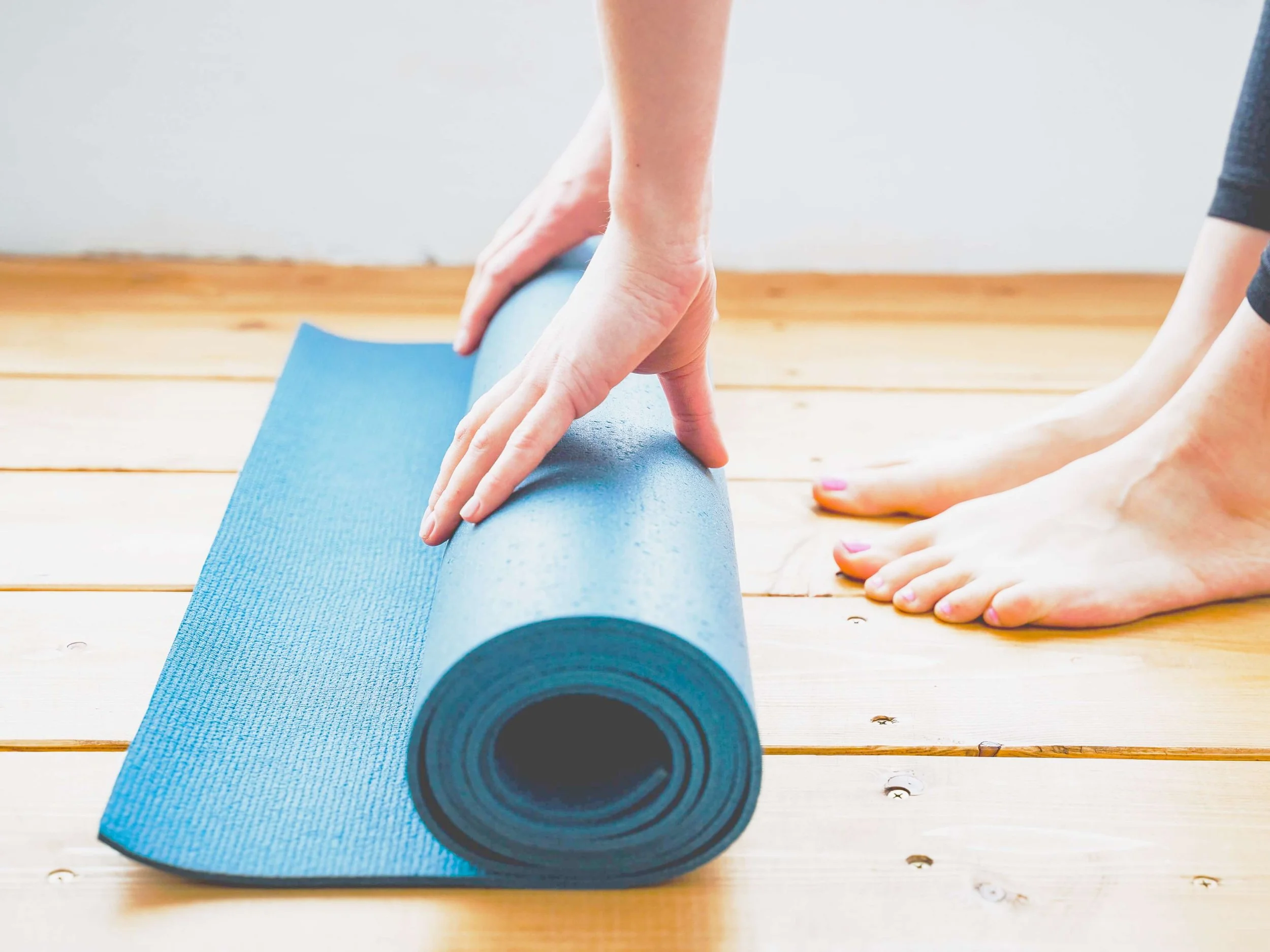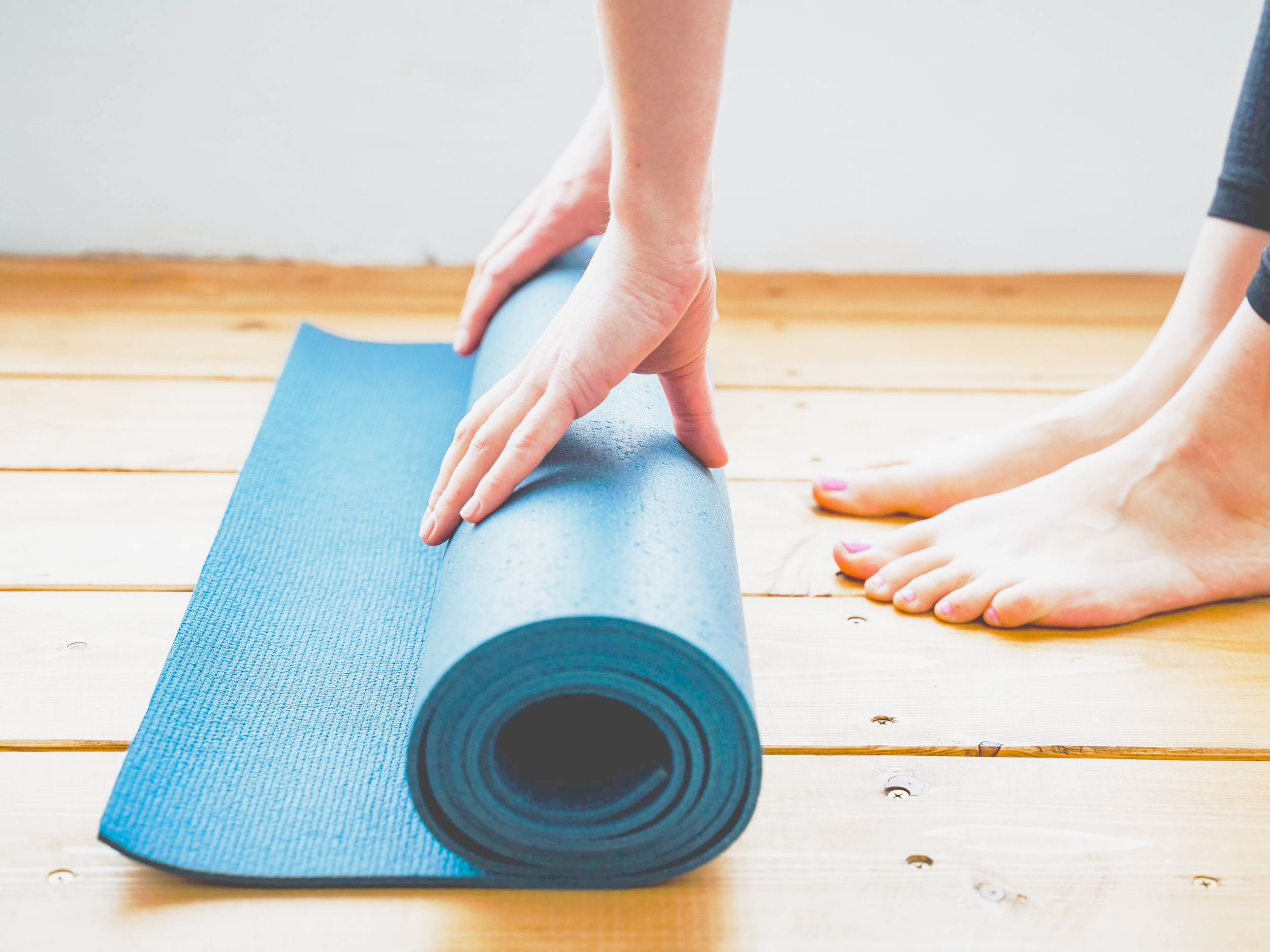Pilates Cornwall
Group Pilates Classes
Bethany is now offering group Pilates classes at the Camborne Community Centre on Tuesday afternoons
Address: The Camborne Community Centre, 9 South Terrace, Camborne, TR14 8SU
Parking: There is ample free parking spaces at the community Centre.
Classes run in 6 week blocks and cost £39 for 6 weeks, we please ask for this to be paid in advance.
To book your space, call the clinic at 01209 612197 to pay over the phone, or book online by visiting The Camborne Back Clinics website, clicking 'Group Appointments,' and selecting the start date of the class you wish to attend.
Chair Pilates
Tuesday’s at 2:15pm
45 minutes Class
Equipment Required: None
This group class is ideal for those who find it difficult to get down onto the floor. You’ll perform Pilates exercises while seated in a chair, with no equipment needed. We recommend wearing comfortable clothes that allow for easy movement.
Beginners Pilates
Tuesday’s at 3: 15pm
60 minute Class
Equipment Required: Yoga mat
Perfect for beginners, those with a lower fitness level, or anyone recovering from an injury, this class offers a gentle introduction to Pilates. It focuses on building strength, flexibility, and coordination at a comfortable pace. Wear clothes you can move easily in.
Intermediate Pilates
Tuesday’s at 4:30pm
60 minute Class
Equipment Required: Yoga mat
This class is for those with some Pilates experience who are familiar with core engagement and centering techniques. It’s designed for individuals with a moderate to higher fitness level. Be sure to wear clothes that allow for full range of movement.
What is Pilates?
Pilates is an effective exercise method that focuses on strengthening the body, improving balance, and increasing flexibility. It’s a great way to enhance muscle tone, support injury prevention, and promote better posture, all while improving overall body awareness and movement. The Pilates method is a series of low-impact exercise that works to improve posture, muscle strength, and flexibility. A major focus of Pilates is strengthening the core muscles.
Early in the 20th century, Joseph Pilates created the Pilates method. Since its creation there have been many different types of Pilates developed from hybrid Pilates to contemporary Pilates to clinical Pilates. At Release Osteopathy we teach the APPI method. This is a version of clinical Pilates developed by the Australian Physiotherapy and Pilates Institute. The original 34 Pilates exercises have been adapted and developed so that they can be used by the clinical population. This enables Pilates to be more accessible as it can be used to treat and rehabilitate many musculoskeletal injuries including back pain, shoulder pain, knee injuries, poor posture and many more.
-
Everyone can benefit from Pilates. Through APPI's programme of graduated exercises, we can provide Pilates for those in the early stages of rehabilitation as well as for those seeking a highly functional and recreational program.
Pilates can be helpful for those:
Suffering with aches and pains
Wanting low impact exercises
Wanting to improve fitness levels or sports specific performance and endurance
Seeking rehabilitation post injury
Who want to improve balance and coordination
Who want to improve body awareness
Who want to increase muscular strength, flexibility, posture and core stability
-
The APPI technique identifies five crucial areas for establishing optimal posture and movement efficiency. Understanding these five elements are crucial to your Pilates practice and will be regularly revisited through out your sessions. The 5 key elements are as follows:
Breathing - the inherent mechanics of the ribcage are encouraged by Pilates breathing.
Centering- is the act of contracting the abdominal muscles and retaining the lower back in a neutral spine position.
Ribcage placement - the pelvis and ribcage should be in correct alignment, with the back of the ribcage resting on the floor when lying on your back.
Shoulder blade placement - In the ideal position, your collarbone and chest should spread as your shoulders are gradually drawn down, away from your ears, and toward your spine.
Head and neck position - The natural curvature of the neck must be maintained for ideal posture, and the head and neck must be in line with the rest of the spine.
“Change happens through movement and movement heals.”
— Jospeh Pilates
Pre and Post Natal Pilates
What is pre and post natal Pilates?
Pre and post natal Pilates is an exercise system that has been adapted in ways that makes Pilates safe for mothers and mothers to be.
Prenatal Pilates prepares you for labour and delivery, lays the groundwork for recovery, promotes pelvic floor health, and aids in the prevention or management of diastasis recti. All practitioners at Release Osteopathy have additional training in teaching pre and post natal Pilates. They are well informed about the dos and don'ts of Pilates workouts during the various phases of pregnancy and post-natal care. Have a read of the frequently asked questions when for pre and post natal Pilates.
-
When taught by a professional, Pilates is very safe for expectant mothers and can be practised up until delivery. Pilates and other low-impact exercise programmes are safe for your unborn child. in fact, research shows that physically active women are less likely to have complications during labour and later in pregnancy. Adaptations to certain Pilates exercises will be made to suit your ever changing body. Once you reach 16 weeks all exercises that require you to lie on your back will be avoided and adapted. This is because the uterus can compress the vena cava (a large vein), causing blood flow to your baby to be restricted and may make you feel dizzy.
Many of the common aches and pains associated with pregnancy can be eliminated or managed with Pilates because of its low impact focus on stabilising the joints. However, like with all exercises if you experience any pain while exercising during your pregnancy, it is important to stop immediately.
It is also important to note that Pregnancy may be classified as high risk if certain heart and lung issues, placenta previa, or conditions that could result in preterm labour are present. Exercise is not advised in these situations, if at all. It is always advisable to consult your midwife or other healthcare professional before beginning any new workout regimen.
-
The body goes through a rapid series of physical and hormonal changes during each trimester, which at some points can feel very overwhelming. A regular Pilates practise can help you prepare for and negotiate the changes that pregnancy brings. Workouts on a regular basis can help you develop:
Awareness of your pelvic floor.
Pelvic floor strengthening, which is vital for labour and rehabilitation after birth. A strong pelvic floor can also assist you prevent accidentally wetting yourself when you cough, sneeze, or exercise.
Increased core strength in the front and back muscles. This can help with alleviating back aches and pains.
Increased awareness of your posture, which can help throughout pregnancy, but also post pregnancy as well. Including being aware of your posture during breast feeding.
Controlled breathing techniques that can help bring a sense of control and calm during labour.
-
Pilates is a safe exercise to start anywhere along your pregnancy journey, from 1 week to full term. Adaptions to exercises will be made in relation to what stage of your pregnancy you are at. Even though Pilates is safe during pregnancy, pre cautions need to be made. It is important to keep the exercise intensity light in order to keep the body temperature and pulse rate from rising too high.
-
The short answer is, it depends!
If you had an uncomplicated vaginal birth, you can begin light activity (examples listed below) as soon as you feel ready, according to current standards. However, someone recovering from a difficult birth or caesarean section may take longer to feel ready to exercise than someone who had a vaginal delivery.
Every pregnancy, delivery, and postpartum period is distinct. We must learn to listen to our bodies when it comes to postnatal exercise. As a result, it is crucial to wait until you feel comfortable moving your body. In general, it's best to hold off on high-impact exercise like running until your six-week postnatal check-up.
Light intensity exercises suitable for after birth include:
Gentle pelvic floor activation
Gentle core engagement exercises
Diaphragmatic breathing
Walking



